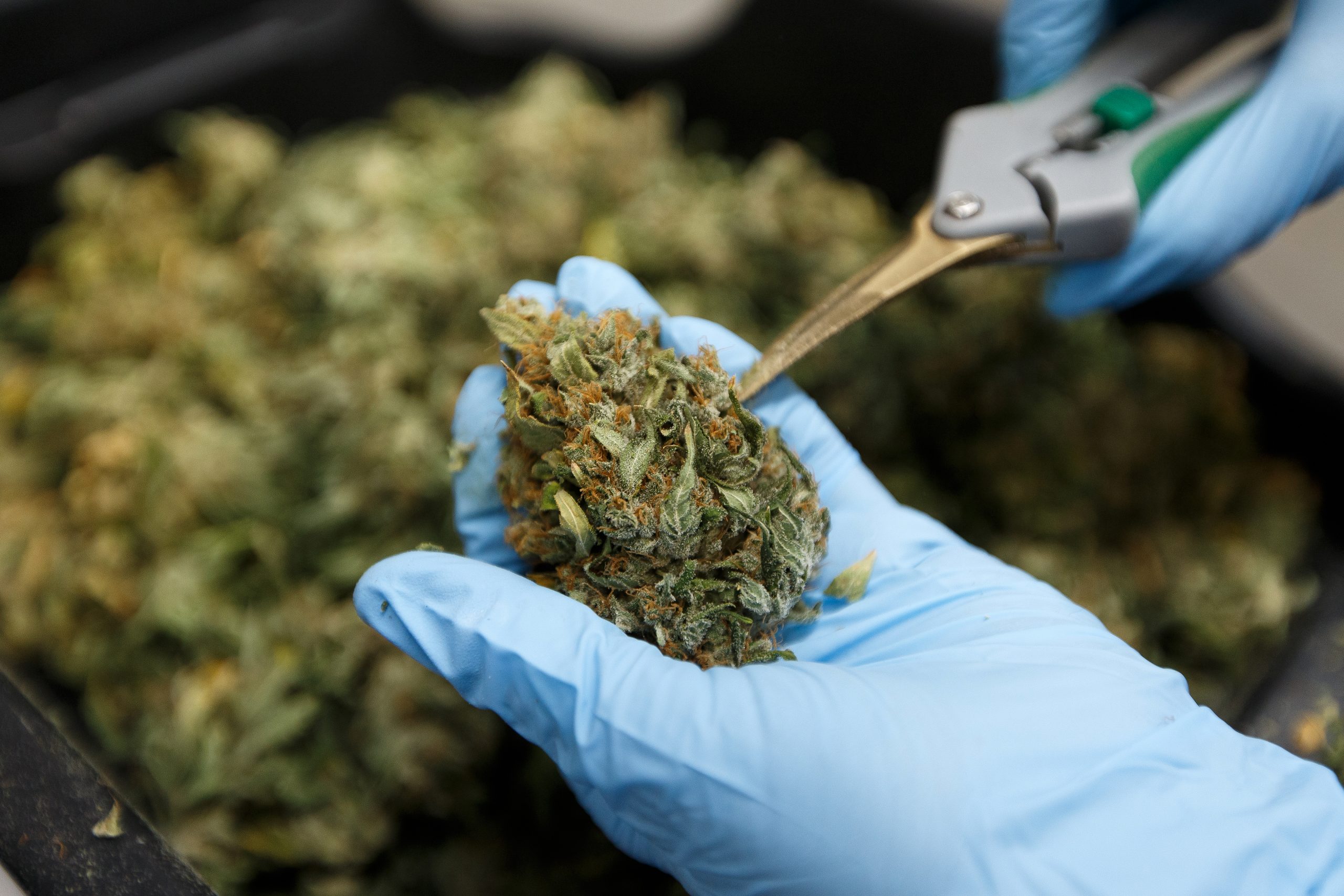Cannabis, a plant with a wealthy record dating again thousands of several years, has lately taken heart phase in conversations about biodiversity. As far more international locations embrace the legalization of cannabis, it can be essential to realize the impression of hashish cultivation on biodiversity, specially through the lens of its seeds. In this short article, we will examine the intricate partnership in between hashish seeds and biodiversity, shedding light-weight on the value of sustainable procedures in nurturing a assorted and resilient ecosystem.
The Origins of Hashish and Seed Diversity:
Hashish, scientifically recognised as Cannabis sativa, is considered to have originated in Central Asia. More than the generations, it has unfold across the world, adapting to different climates and ecosystems. The plant exhibits an astonishing variety in its genetic make-up, resulting in a myriad of strains, just about every with its exclusive set of properties.
Hashish seeds, the basis of this botanical variety, have the genetic info that decides the plant’s traits, such as its expansion styles, cannabinoid content, and resistance to pests and illnesses. explanation is a important element of biodiversity, contributing to the overall health and resilience of ecosystems.
Biodiversity Benefits of Cannabis Cultivation:
Genetic Resilience:
The diversity of hashish seeds assures that some strains are better suited to specific environmental problems. This genetic resilience gets especially critical in the facial area of climate change, as particular strains may possibly confirm much more adaptable to shifting temperature styles, encouraging ecosystems stand up to environmental issues.
Pest and Illness Resistance:
A numerous array of cannabis strains usually means varying stages of resistance to pests and ailments. By cultivating different strains, farmers can decrease the reliance on chemical pesticides and foster a more well balanced and all-natural solution to pest administration. This, in flip, encourages a more healthy atmosphere for other flora and fauna inside the ecosystem.
Soil Health and Nutrient Biking:
Hashish, when built-in into a assorted crop rotation procedure, can lead to soil well being and nutrient cycling. Sure strains have particular interactions with soil microorganisms, boosting the soil’s fertility and in general ecosystem health. This encourages a more sustainable and regenerative agricultural technique.
Troubles to Hashish Seed Biodiversity:
Monoculture and Genetic Erosion:
The rising desire for unique cannabis strains has led to monoculture procedures, exactly where big areas are dedicated to cultivating a one pressure. This monoculture can end result in genetic erosion, where the diversity inside of the cultivated pressure diminishes in excess of time, building the whole crop much more susceptible to pests and illnesses.
Decline of Native Strains:
As industrial cultivation expands, there is a hazard of neglecting or displacing indigenous hashish strains. These native strains may well have exclusive genetic qualities that are vital for the long-expression sustainability of local ecosystems. The loss of these kinds of strains could have considerably-achieving outcomes on biodiversity and ecosystem steadiness.
Sustainable Tactics for Hashish Seed Biodiversity:
Crop Rotation and Diversification:
Employing crop rotation with other appropriate vegetation can crack the cycle of pests and health conditions specific to hashish. Diversifying cultivation tactics allows retain a healthful balance inside of the ecosystem and helps prevent the overreliance on a one strain.
Seed Banking and Conservation:
Setting up seed banking companies dedicated to preserving a assorted assortment of cannabis seeds is critical for safeguarding genetic assets. Conservation attempts need to prioritize indigenous strains, making sure their availability for long term generations and probable use in restoring ecosystems.
Community Involvement and Training:
Participating area communities in sustainable hashish cultivation practices is crucial. Schooling about the value of biodiversity, seed conserving, and sustainable farming solutions empowers farmers to make informed choices that profit both their livelihoods and the atmosphere.
Conclusion:
Cannabis seeds engage in a pivotal position in keeping and boosting biodiversity within ecosystems. As the hashish market carries on to evolve, it is very important to prioritize sustainable cultivation procedures that nurture and protect the genetic diversity of this exceptional plant. By embracing a holistic technique to cannabis cultivation, we can not only experience the rewards of numerous strains but also add to the total wellbeing and resilience of our natural earth.